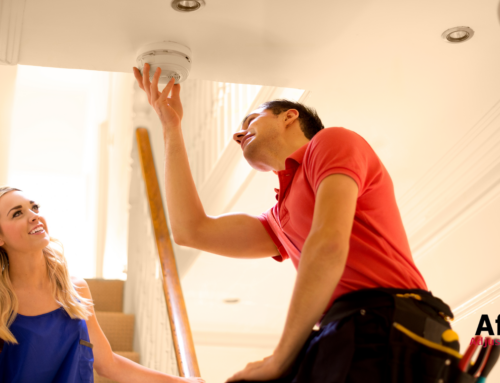Hurricane Irma left homes across Florida with extensive water damage. Our Aftermath Adjusters & Consulting team offers some advice about handling water damage in your home or business.
Water Damage is Difficult to Detect
When your home has survived a major storm, the water damage may be burdensome to repair. There are many things you can do to start the cleanup and repairs, but you will most likely need to hire a professional. They will be able to help with any serious structural problems or health hazards.
Contaminated flooding and storm surges often have pathogens that are the perfect environment for mold growth. If left untreated, the mold spores will spread through the structure, making it harder to get rid of. If the microbial threat is too severe, government agencies could condemn the property.
Once the flood water recedes, it can be challenging to detect where moisture is. This makes a home prone to water damage. Standing water can seep through drywall and drench materials. If there is dampness behind walls, it only takes about 24 hours for bacteria and mold to breed undetected. Saving clothing and furniture occurs only if you act fast enough. However, be cautious when going into a structure that has just been flooded. You can become badly hurt by contaminated liquids or wildlife hiding among the debris.
Steps To Take When You Have Water Damage
Step 1: Power
Do not enter a water damaged building until the electrical power is turned off. Electrical devices that are plugged in and exposed wires can electrocute you, causing severe injury or death.
Step 2: Wildlife
When re-entering your home after it has experienced water damage, be sure to move slowly. Reptiles, snakes, or rodents could be hiding under debris. Wear safety gear to protect yourself against animal bites and airborne contaminants. Protective-wear includes a vapor respirator, rubber gloves, eye protection, thick boots, and any other protective clothing.
Step 3: Identify Damage
Public adjusters like those found at Aftermath Adjusters can quickly identify what items in the home have been damaged by water. When dealing with porous items that have come in contact with contaminated water, you will need to determine what will be thrown away. These are materials such as pillows, box springs, mattresses, and particle board. They trap more moisture than other items and create the perfect environment for mold growth. You can help prepare for professional cleaners and technicians to arrive by discarding these items. Remember to accurately itemize, take pictures/videos and document these materials for your insurance company before getting rid of them.
Step 4: Remove Moisture
Remove any drywall or other materials that are in the way to open up damp areas to airflow. When the moist area has been located, cleaning up may consist of pressure washing with strong detergents.
Step 5: Dry the Area
To help the affected areas dry quickly, use a dehumidifier and fans. Doing so will help prevent the breeding of mold and other toxic bacteria. If you find any bacteria or mold, get rid of it immediately using mechanical or chemical means. Remember to keep ALL receipts.
Water damage claims, if not addressed correctly, are often denied by insurance companies. Call Aftermath Adjusters & Consulting today. As your advocate, we will negotiate with your insurance company and help you create a successful claim. Call us today.









